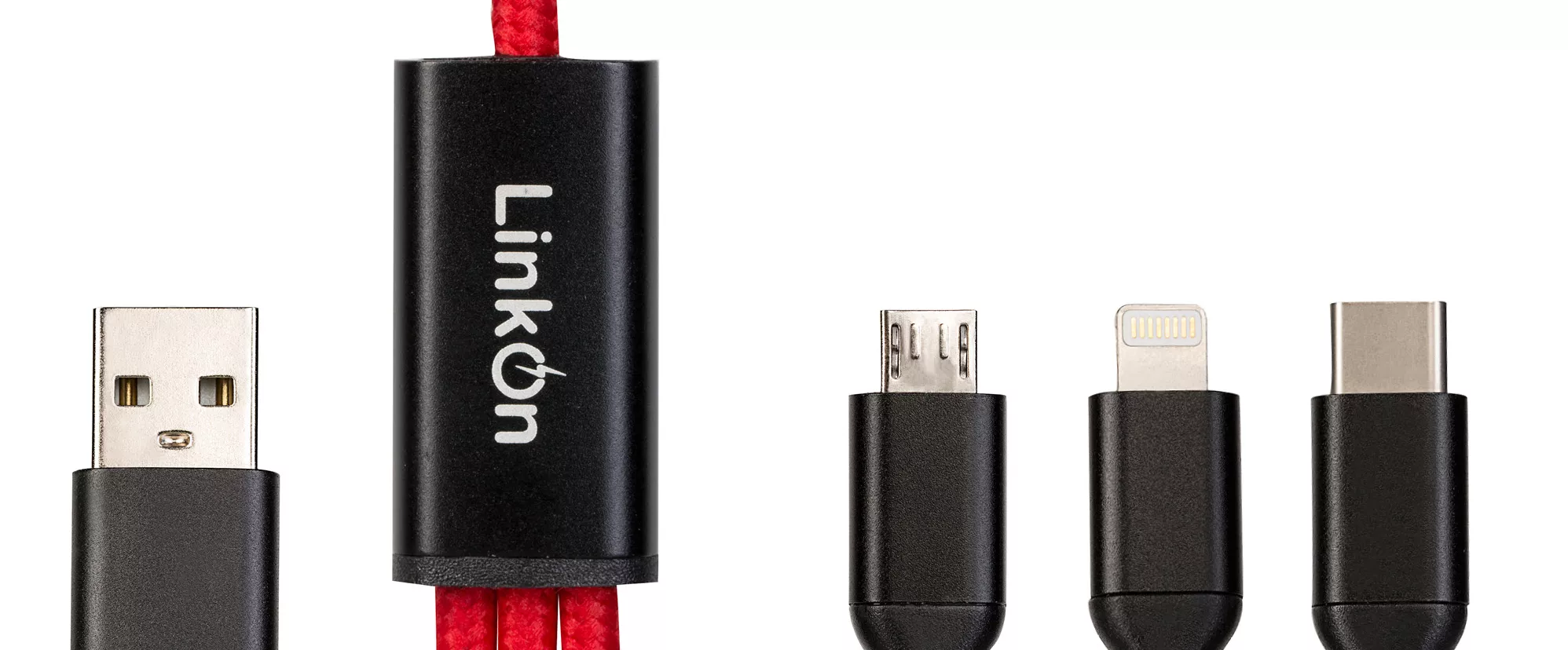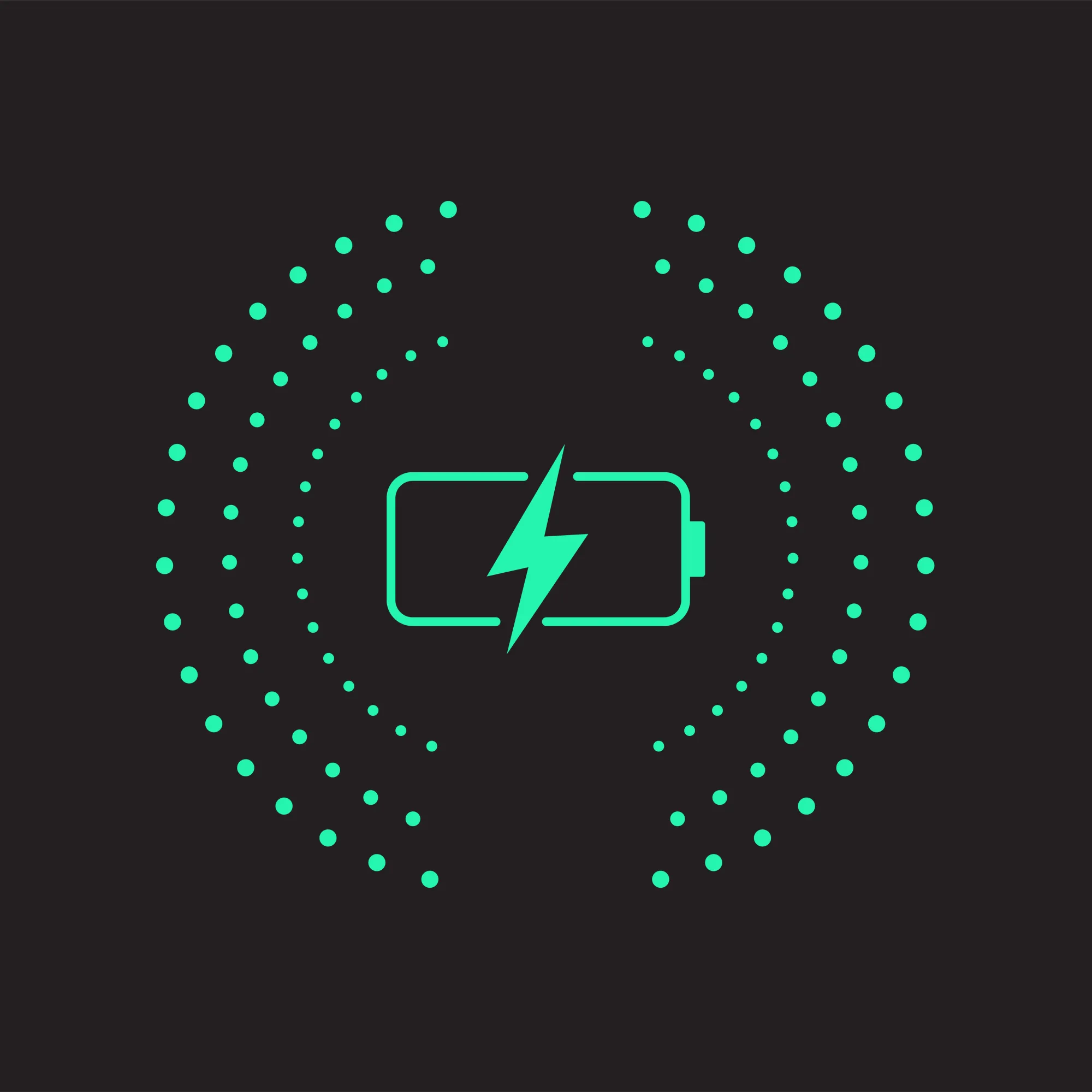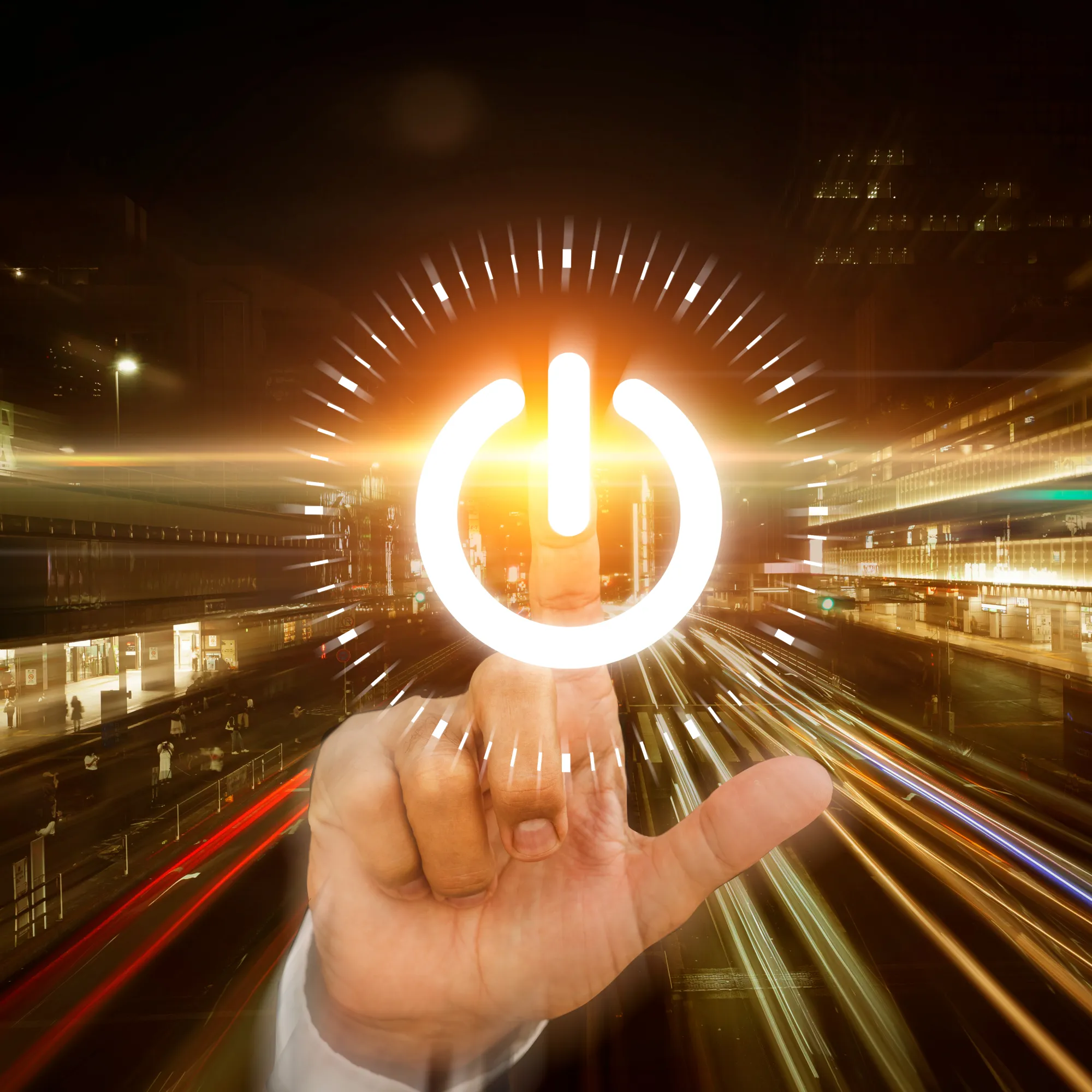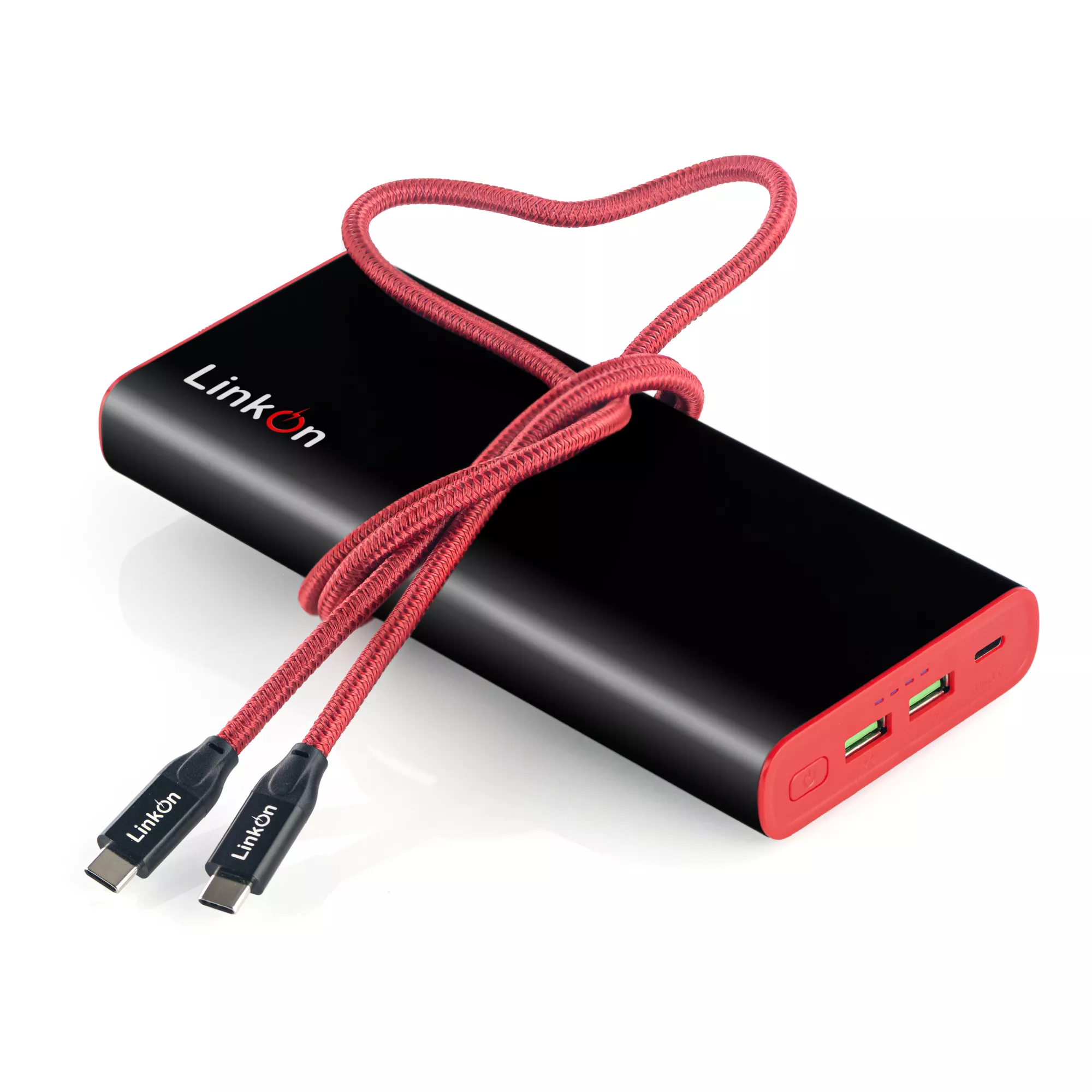
Multi-Charging Cables - Convenience or a Great Danger
Most of you have encountered or have used one of those smart looking 3in1 or 4in1 USB ports charging cables. Those who have one of these is happily using it and even brag in front of his friends about having such a smart gadget. However, why those cables are not widely available and not offered by the big brands? Are they safe to use? Are there any limitations or things to bear in mind when purchasing one of these?
So what is multi charging cable?
For those of you who are not quite aware – multi charging cables are special cables which have the standard USB-A (the one available on most of the computers today) input on one side and multiple different outputs on the other side. Those could be micro USB (used mainly by Android devices and some other accessories), 8-pin Lightning (a.k.a. Apple plug, designed and patented by Apple for iPhone, iPad, iPod devices), USB-C (a.k.a. USB Type-C, the new advanced version of the USB A port used on the latest mobile devices). The reasons of having one input and multiple outputs are two:
- You can use a single cable to charge almost any mobile device out there
- You can charge multiple devices at a time with just a single cable and charger
This sounds very convenient, right? It gets you want to ask why are not we all using only multi charging cables. You will need a little more details so you can understand the answer.
The technology explained

Back in time when the explosion of smartphones happened it was a big battle between all the vendors. It was not only the competition to sell more smartphones and tablets but also a competition of standards. Apple who was the leader at that time decided to develop their patented standard plugs (8-Pin for iPhones and later iPads and 24-Pin for older iPad models). In parallel most of the vendors for Android and Windows based devices decided to use the open Micro USB standard. Later on the need for faster connection and power transfer have driven the development of the USB-C port. This way we ended up with four different plug types, which do the same thing – charging and data transfer.
Mixing different standards into the same product is not a trivial task. One of the reasons why none of the leading smartphone vendors have desire to release such a product. They do not want to be sued or promote standards not available to them.
The Fast Charging concept

However, transferring such a huge amount of power hides risks. The faster you charge a battery the more heat it generates. On top of that, when battery gets close to 100 percent its resistance goes up which gets it even hotter. Batteries are easily damaged and can even explode if they overheat. The solution was to make sure the charging power transferred to the battery is decreased as it gets close to full. To do that the fast charging technologies have developed communication protocol which allows the mobile device to communicate with its charger and control the charging power. When the battery is empty, the device will negotiate the highest supported charging power with the charger. When the battery is above 50% the device will slowly decrease the charging speed down to the minimum when battery is full.
The communication between devices and chargers is handled differently for each standard, which makes them incompatible with each other. For instance one of the standards called Qualcomm Quick Charge is using the data wires in the cable to send signals. USB Power Delivery, which we mentioned already, is using the power wires for both transmitting power and exchanging signals to control the charging speed.

Challenges and limitations
When comes to using a triple charging cable with a fast charging device and charger there is one very important fact to consider. The higher voltage or amperage requested by the device is not only delivered to its output but also to the other outputs of the cable. If you connect a different device to one of the other ports, it may not be capable of consuming higher than the standard amount of power. This can lead to damaging the third device or even cause its battery to explode. Even if you connect multiple devices which support fast charging it is not clear which one will take over the control of the charger which automatically put the other device at risk for receiving more power depending on its battery percentage. The bottom line is that there is no safe way of using fast charging devices with multi charging cables.
To understand the other reason you first need to know what is Fast Charging. That is another feature that came up when the batteries of the mobile devices became larger hence time to charge was jumped to several hours. Fast charging is a technology to increase the power transferred from your charger to your mobile device. That is done by increasing the charging voltage or amperage or both. For example the standard charging uses 5V voltage and up to 2.4A amperage which delivers up to 12W of power. USB Power Delivery (one of the fast charging technologies) can increase the voltage up to 20V and the amperage up to 5A for a total of 100W of power.
This is the reason why the safe multi charging cables have the fast charging technologies disabled. This requires the data wires of all the Micro USB and USB C plugs to be removed. As explained above removing the data connection disables the Qualcomm QC capability. The only plug, which could keep its data wires, is the 8-Pin Lightning as Apple devices as they are not used by fast charging technology.
This is the limitation of the multi charging cables. You will not be able to use fast charging technology and you will not be able to use them to sync your device unless you are with iPhone or iPad. There are some multi charging cables on the market which support data on all outputs but I would highly recommend you to stay away. You cannot be sure, when someone will connect a fast charging device together with another one and cause a disaster.
Is it worthwhile using multi charging cables then?
If you consider carrying a single cable for all your devices more important than the fast charging, then the answer is yes. I would actually recommend you to use normal charging as often as possible. It is not well known fact that fast charging puts a lot of stress on the battery and reduces battery life over time. Using slow charging most of the times can give you one or two additional years with your favorite smartphone. Adding the ability to charge more than one device with a single cable and charger makes such gadget a very smart solution.
So I would say go for it! And make sure you choose carefully!
And here is one of the best multi port USB charger cable - LinkOn 3 in 1 Charging Cable.




